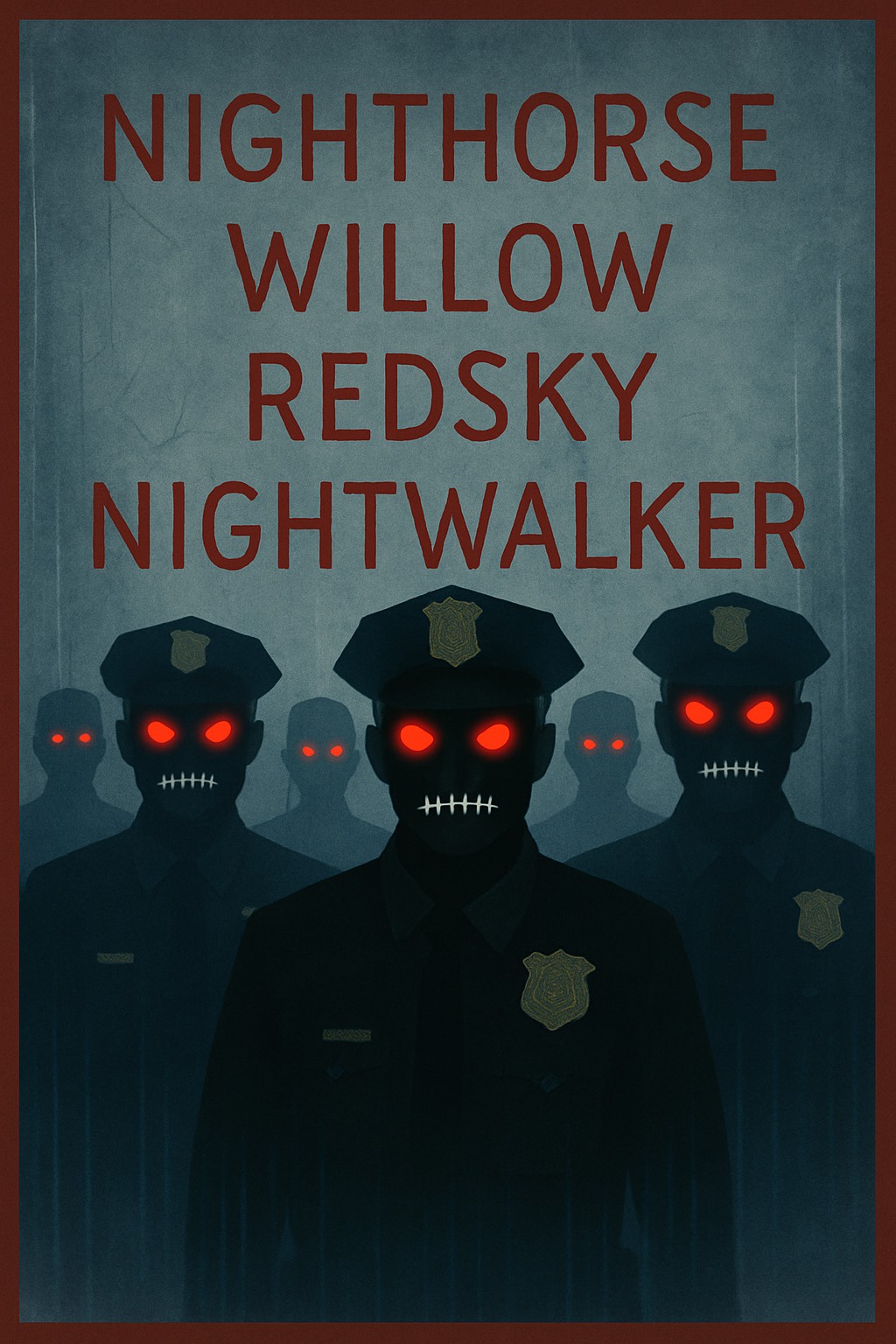Love of Learning
Lifelong Learning And Community Hubs
By Graham Hollings
It is exciting to see that the Community Hubs Advisory Group, established by Premier Kathleen Wynne and chaired by Karen Pitre, is currently engaged in consultations across the province. Let’s hope it leads to a fulsome discussion of the ways the province can further support opportunities for lifelong learning. If we are talking about schools as community hubs – and many of our schools are great community hubs – lifelong learning has to be part of the picture. We cannot meaningfully discuss lifelong learning in our schools – and community hubs – without discussing funding and policy barriers.
In the Spring issue of Learning Curves, I wrote a piece entitled “Uncounted Adults: Toronto’s ‘Under-utilized’ schools”. That article focused on one issue and its ramifications: Adults are not counted by the provincial formula for determining school utilization rates. This “omission” is worrisome in the context of pressure to close “under-utilized” schools. The Community Hubs Advisory Group needs to be talking about this issue.
Many schools across the province provide a wide range of lifelong learning opportunities. And many of these schools are recognized as great community hubs in their neighbourhoods because of the additional programs – on top of elementary and secondary school programs – offered. These “additional” programs include: school-based childcare centres; Parenting & Family Literacy Centres (which serve both preschool children and their adult caregivers); Adult English as a Second Language programs (Adult ESL, Language Instruction for Newcomers, and Enhanced Language Training); Adult Literacy & Basic Skills (aka Essential Skills Upgrading); Adult high school credit programs; and General Interest/Seniors’ Daytime programs.
At the Toronto District School Board alone, programs that serve adults are the core of a number of great community hubs. It is important to keep in mind that adult learners are often the parents and/or caregivers of the children and youth in our schools. Here are a few examples of these community hubs:
- Alexander Muir Gladstone Public School has a childcare centre, a Parenting & Family Literacy Centre and three full-time Adult ESL classes
- John Polanyi Collegiate Institute accommodates a high school, the North York Harvest Food Bank and, in a separate wing, both Adult ESL and Adult Literacy classes
- Overland Adult Learning Centre, closed as an elementary school around 1980 and then “reopened” as an adult learning centre, offers both Adult ESL and General Interest/ Seniors Daytime programs six days a week
- Mimico Adult Learning Centre, another “closed” school, accommodates a childcare centre, Adult ESL, Adult Literacy, and General Interest/Seniors’ Daytime programs
While community hubs have been discussed for many years, the discussion has often focussed on different terms. The current dialogue seems to focus more on the co-location of services. The webpage for the Community Hubs Advisory Group asks, “What is a community hub?” and provides this definition: “A community hub can be a school, a neighbourhood centre or another public space that offers coordinated services such as education, health care and social services. Delivering coordinated public services through community hubs will ensure these services better meet the needs of children, youth, seniors and others”.
While co-location of services is an important goal, adult education does not figure prominently in this framing of the issue. Adult education should be at the core of the discussion. There are already many shining examples of community hubs – such as the schools listed above – and these community hubs could probably be improved by also offering health care and social services. But it would be tragic if we lost sight of the lifelong learning opportunities at the core of many wonderful community hub schools and failed to address the funding and policy barriers that can jeopardize these lifelong learning opportunities.
To learn more about, and provide input to, the Community Hubs Advisory Group, visit www.ontario.ca/communityhubs You can also send a written submission to: community.hubs@ontario.ca
See sample written submission below:
STUDENTS, TEACHERS AND COUNSELLORS MAKE YOUR OWN SUBMISSION TO THE COMMUNITY HUBS ADVISORY GROUP
The following questions are on the www.ontario.ca\communityhubs website. The answers are Graham Hollings’ submission to the Community Hubs Advisory Group. The answers are examples of what you might write to the government.
If you would like to explain your interaction with community hubs, please do so here.
I have been an Adult ESL/LINC with the TDSB for over 20 years, and an adult education activist for many years. Many TDSB schools – whether operational elementary or secondary schools, or “closed” adult learning centres – accommodate adult programs: Adult ESL, LINC, Adult Literacy (aka Essential Skills Upgrading), General Interest/Seniors Daytime programs, Parenting & Family Literacy Centres (the latter serve both preschool children and adult caregivers). These programs have long been part of what makes many schools successful community hubs.
Are you aware of any examples of community hubs? Please describe them.
Here are several TDSB examples:
- Charles G. Fraser Elementary School: It has two full-time Adult ESL classes (during the regular school day) and a Parenting & Family Literacy Centre
- Alexander Muir Gladstone Public School: It has a childcare centre, a Parenting & Family Literacy Centre and three full-time Adult ESL classes
- George Harvey Collegiate Institute: along with its high school program, it has 4 daytime Adult Literacy classes (aka Essential Skills Upgrading)
- Overland Adult Learning Centre: It was closed as an elementary school around 1980 and then “reopened” as an adult learning centre. Overland offers Adult ESL and General Interest/Seniors Daytime programs six days a week, days and evenings. John Polanyi Collegiate Institute: The same building accommodates a high school, Adult ESL and Adult Literacy classes (in a separate wing of the building), and the North York Harvest Food Bank
What kinds of programs/services should community hubs offer (e.g. education, health, social)? Are there any programs/ services that should be excluded?
Community hubs should offer a wide variety of services (adult education, childcare, health services, etc). My main interest is adult education, particularly, current policy barriers to including adult learning opportunities in our schools. There are several intersecting policy barriers: While many schools currently accommodate adult learning, the provincial formula for determining school utilization rates does not count adult learners. Because of this, some schools appear to be under-utilized and so may be at risk of closure. Because of provincial funding policies, school boards also do not receive Accommodation Grants for Adult ESL, nor for other adult programs (e.g. Seniors’ Daytime programs). This is a major funding gap. It works against the mantra (and the mantra is not new) of “schools as the hubs of our communities”. While there are currently a number of very successful “schools as community hubs” in Toronto, provincial policy barriers make their existence, and the existence of some of the classes/programs that make them great community hubs, unnecessarily but inevitably precarious.
Are there any particular spaces you think should become community hubs (e.g. schools, neighbourhood centres)? Please list them and explain why.
As I’ve mentioned, many schools already function as great community hubs. Alexander Muir/Gladstone Public School is an example of an existing community hub: It accommodates an elementary school, childcare, Parenting & Family Literacy Centre, and several Adult ESL classes – and there might be opportunities to include other programs and services. When a school is no longer needed (in the near future) for elementary or secondary programs, they can be repurposed as adult learning centres (TDSB: Overland Adult Learning Centre, Terraview Adult Learning Centre, Mimico Adult Learning Centre) or go back to being elementary/secondary schools if/when there is another demographic shift (over longer periods of time, demographics do shift).
What do you think the barriers are in creating community hubs (e.g. policy, funding, relationship)? How can these barriers be overcome?
The adult education piece is essential. Here is a partial list of intersecting policy and funding barriers that both jeopardize existing “schools as community hubs” and prevent more of these hubs from being created:
- School utilization rate formulas don’t count adult learners: While many schools currently accommodate adult learning, the provincial formula for determining school utilization rates does not count adult learners e.g. Adult ESL, Adult Literacy, Adult Credit learners over 21, adult caregivers in Parenting & Family Literacy programs, learners in General Interest/Seniors’ Daytime programs. Because adult learners are not counted, some schools appear to be underutilized and may be at risk of closure.
- School boards do not receive Accommodation Grants for Adult ESL, nor for other adult programs (e.g. Seniors’ Daytime programs). This is a major funding gap that works against the mantra (and the mantra is not new) of “schools as the hubs of our communities”. School boards are under increasing pressure to close (and often, sell) “under-utilized” schools. When boards do not receive the funding they need to maintain (never mind create more) schools which accommodate adult learners, vital programs – and great community hubs – are jeopardized.
How can these barriers be overcome? One way would be to count adult learners in determining school utilization rates. Another way would be to provide Accommodation Grants for Adult ESL (and perhaps other school-based adult educational programs).





